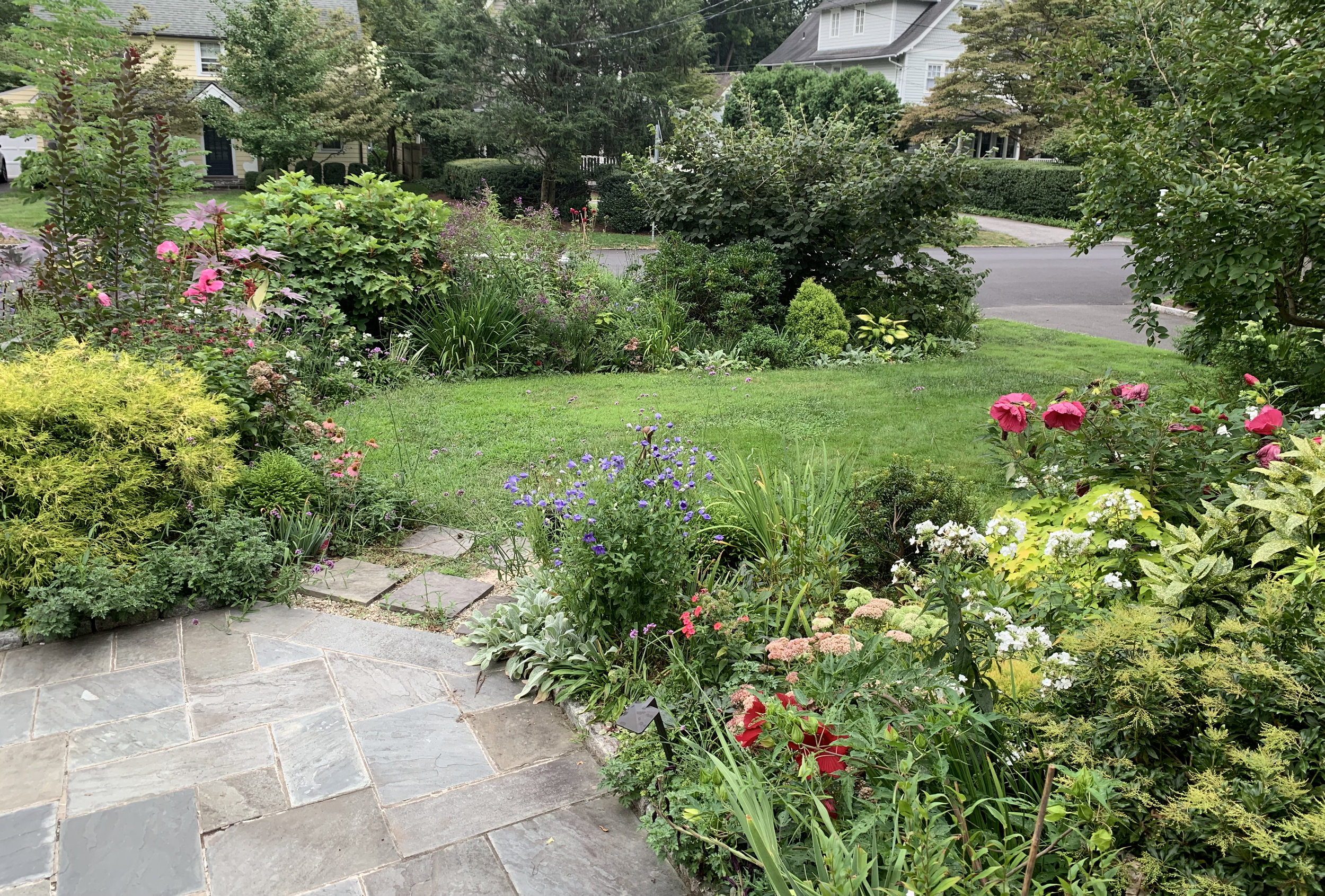Balloon Flowers
Platycodon grandiflora is one of the most special plants that I grow. I have them spotted throughout my entire garden. Their common name is balloon flower and if you have ever seen them in bloom you will know why: their flower buds form perfect little balloons that open up to bell shaped flowers. There is a cultivar that keeps its balloon shape and never opens, but its thwarted maturity strikes me as a little unsettling.
I started them from seed about twenty years ago. I got the packet from Thompson and Morgan, which is still a great source for perennial seeds. This was back in the days of paper catalogs that you had to write to (and pay) the company to receive. I was so excited to be starting plants that weren't available locally that I was much more patient about the seedlings first year weak appearance and lack of flowers.
I do see them in nurseries and big box stores every now and again, and I can tell by their somewhat spindly appearance that they are young seedlings or clones, because when they find their happy place, they are tall and robust. In the garden, they produce a big tap root that grows quite deep which feeds the top growth, and a nursery pot cannot accommodate it.
The taproot also makes it tricky to transplant because breaking the root stresses the plant. It can be transplanted in spring before it has leafed out much. (round here, that is in early May.) The stems are a couple of weeks later than most perennials and it's easy to forget where they are if you don't use winter proof plant markers (I use the two pronged galvanized steel type). I usually wait until I see a few stems sprouting (about 2"), and I dig it up by digging deeply around it with the longest spade I have. If I get a lot of the root up and transplant it right away, it almost always survives even if the root breaks. If I am really lucky, the roots will separate from each other and give me a few plants. I am sure that it is possible to divide the plant by cutting the roots with a knife, but I have never managed.
They like sunshine, but they grow and flower very well in half day sun, and I have found that they do well in "bright shade" - the shade of very high branches or partial day sun. As the plants get bigger, they need to be staked. You can cut them back throughout May to encourage branching to get shorter, bushier plants that may not need staking, but I love their tall stature and the tower of flowers they create. I find that using a tomato cage in May gives them plenty of support, and spray painting the cage black makes it less noticeable. They also have great fall color, and they look especially good near our native asters.



